Salticidae, Genus Hyllus
Posted: Sun Apr 19, 2015 8:19 pm
Genus Hyllus
The genus Hyllus C. L. Koch, 1846 contains more than 50 species in Africa and several ones in other continents.
Distinguishing members of Hyllus and Evarcha is problematic. Many species in both genera have “horns” formed by tufts of long bristles located at posterior median eyes. Hyllus includes medium-sized to large spiders with rounded carapace, clearly wider than eye field, whereas members of Evarcha are usually smaller and their carapace is not as wide. Male pedipalp in Hyllus has generally long embolus, often with accompanying pars pendula, whereas the majority of Evarcha species have short embolus, sometimes with compound terminal apophysis epigyne in Evarcha has two pockets near epigastric furrow, which are not present in Hyllus, additionally the epigyne in the latter genus is more sclerotized.
Links: Wanda WesołoWska: Taxonomic notes on the genus Hyllus C. L. KoCh, 1846 in Africa (Araneae: Salticidae)
The genus Hyllus C. L. Koch, 1846 contains more than 50 species in Africa and several ones in other continents.
Distinguishing members of Hyllus and Evarcha is problematic. Many species in both genera have “horns” formed by tufts of long bristles located at posterior median eyes. Hyllus includes medium-sized to large spiders with rounded carapace, clearly wider than eye field, whereas members of Evarcha are usually smaller and their carapace is not as wide. Male pedipalp in Hyllus has generally long embolus, often with accompanying pars pendula, whereas the majority of Evarcha species have short embolus, sometimes with compound terminal apophysis epigyne in Evarcha has two pockets near epigastric furrow, which are not present in Hyllus, additionally the epigyne in the latter genus is more sclerotized.
Links: Wanda WesołoWska: Taxonomic notes on the genus Hyllus C. L. KoCh, 1846 in Africa (Araneae: Salticidae)

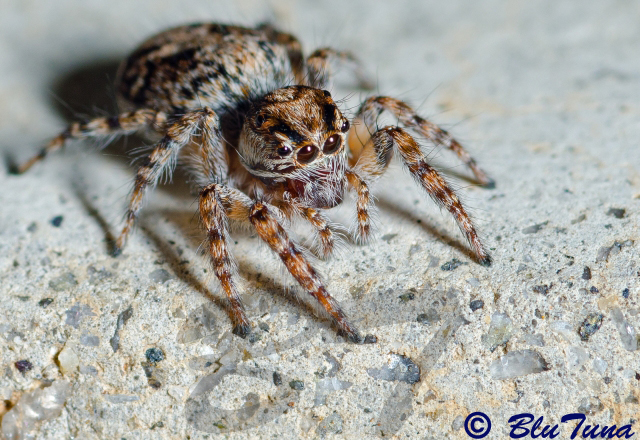
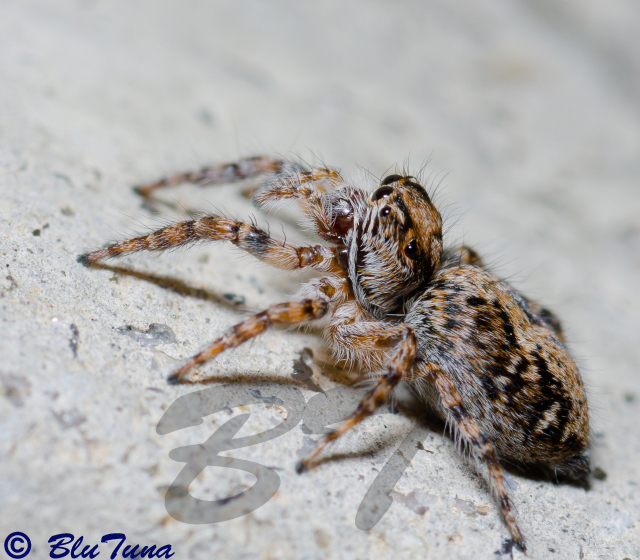
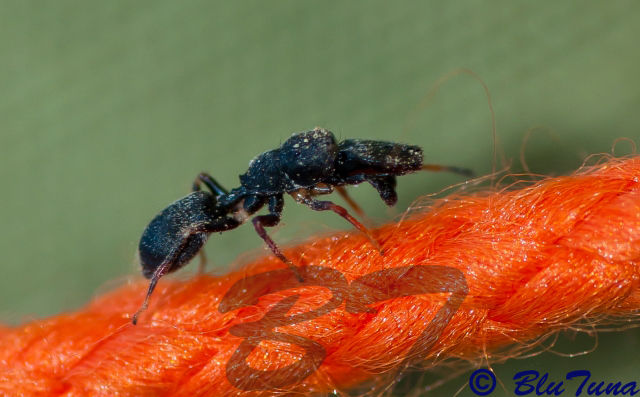
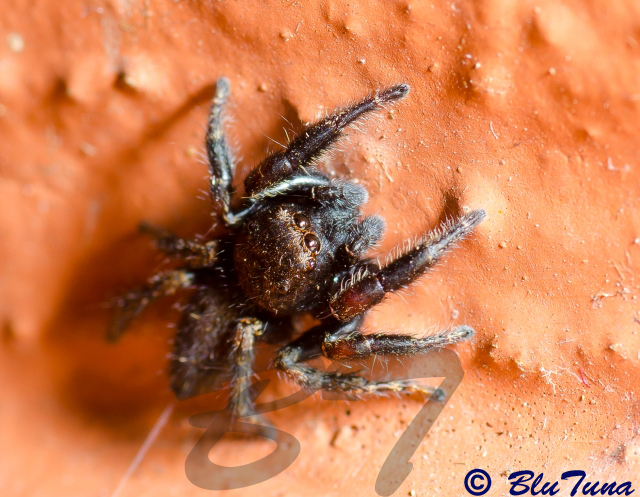
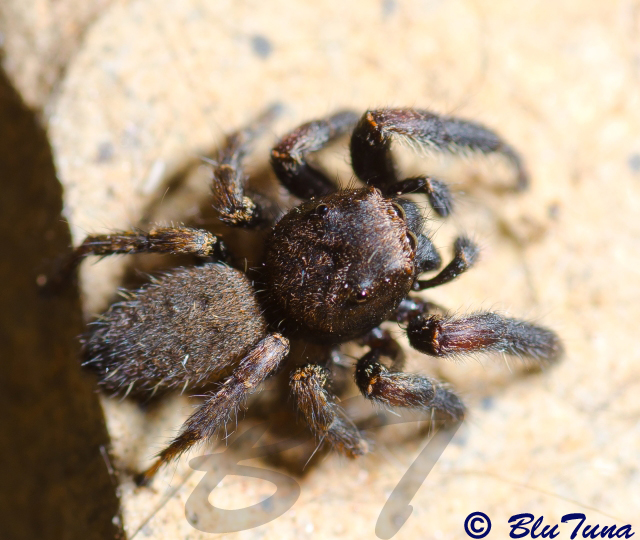
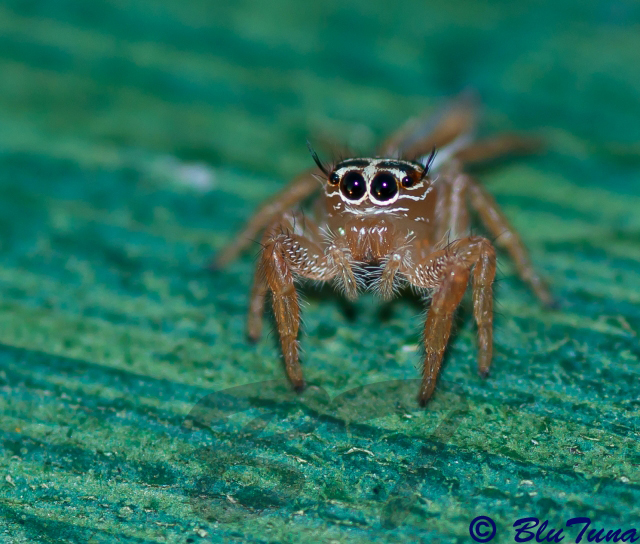 © BluTuna
© BluTuna © BluTuna
© BluTuna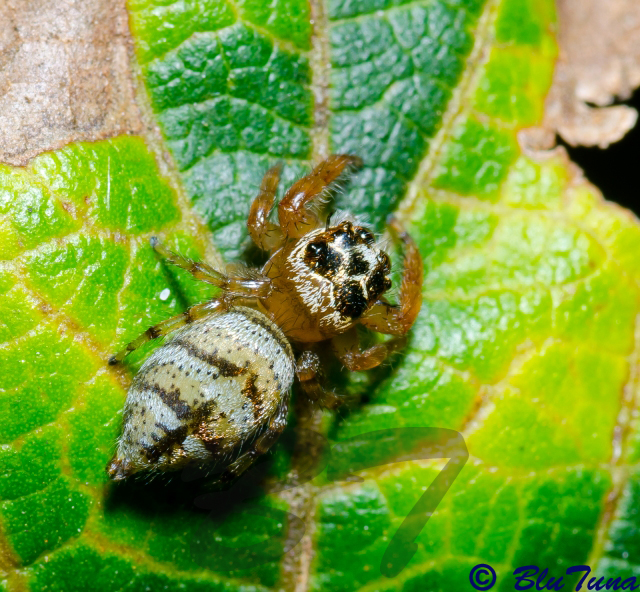
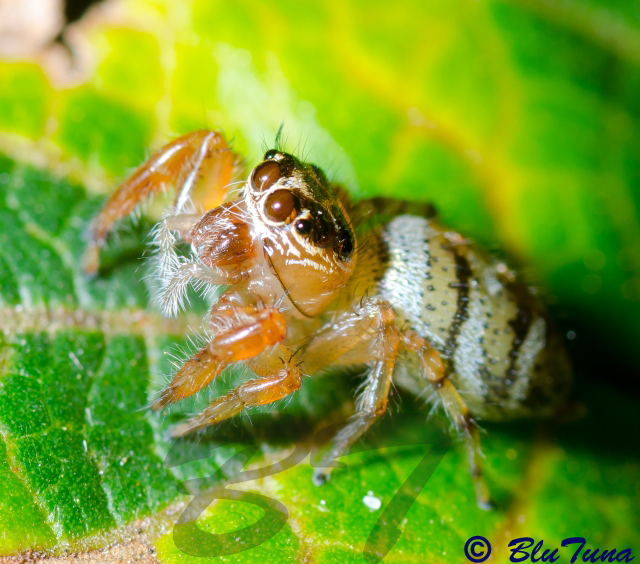
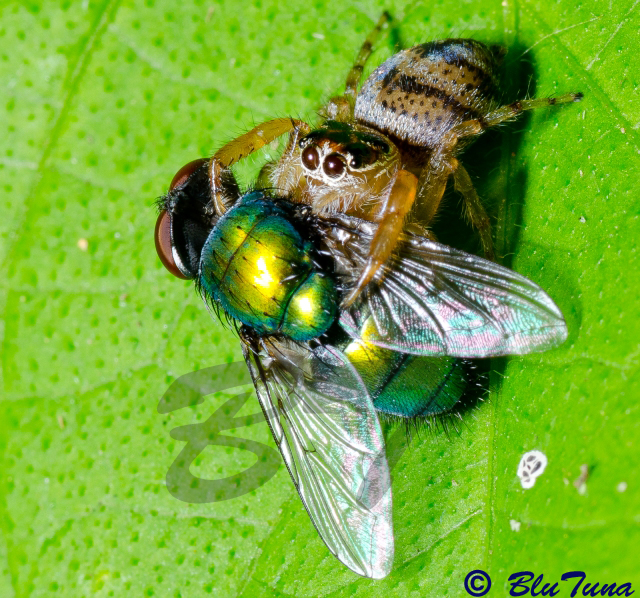
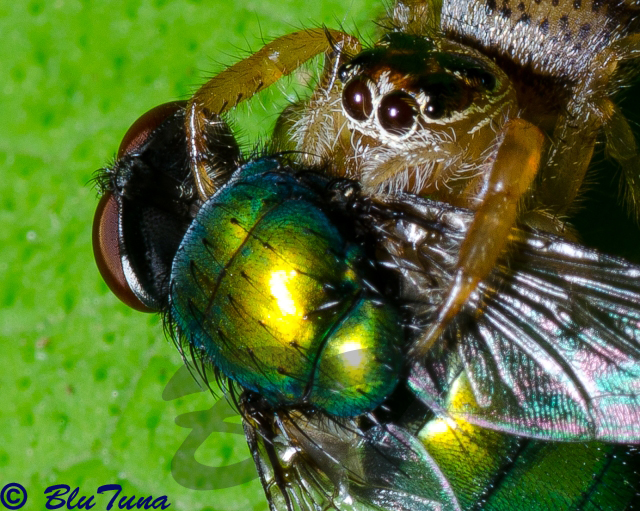
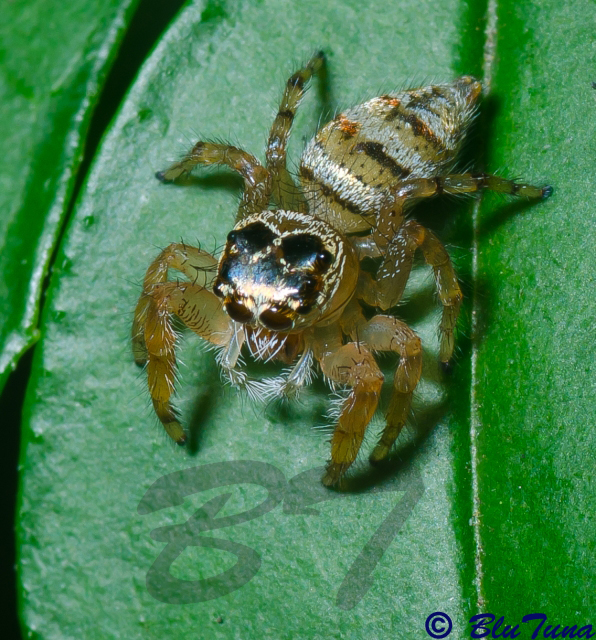
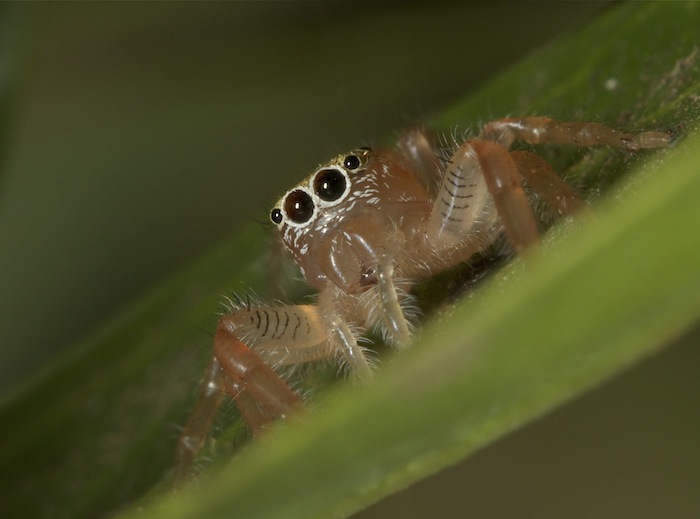 © ExFmem
© ExFmem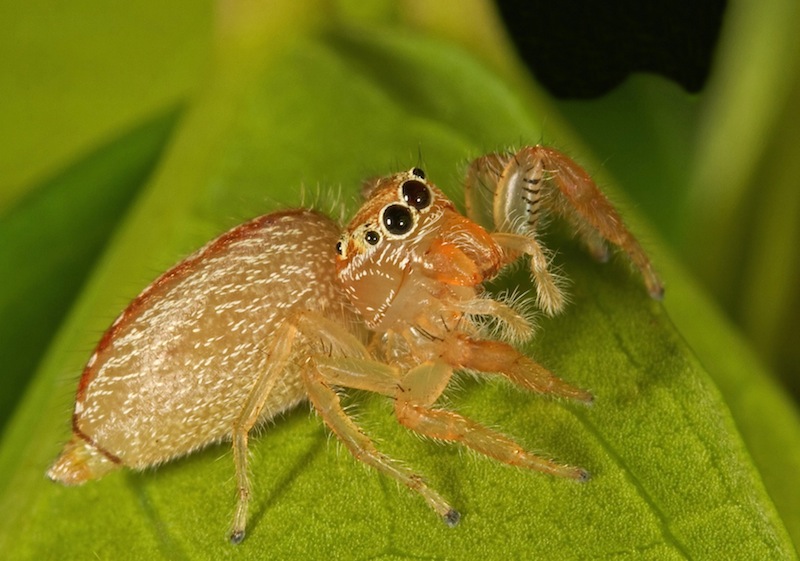 © ExFmem
© ExFmem